British protesters stood on Bristol River‘s edge, intonation joy for their success in dropping down the sculpture of the well-known British savager Edward Colston, whereas the demonstrators' calls forced the Belgian government to get rid of the sculpture of the previous king "Leopold II", that is one among the foremost distinguished symbols of Colonialism in Africa continent, for concern of its destruction. What inspired several demonstrators in Europe and America to demand the destruction of all symbols of slavery round the world, to be a particular response to the racism directed against Negroes, and against the background of the killing of one of them at the hands of policemen.
According to nation press, the demonstrators placed variety of establishments built round the world within the hands of slaves, which, per their vision, became the title of racism, and at the highest of that list were the Egyptian pyramids, claiming that they were also built by slaves, which they were one among the foremost important symbols of slavery within the world, which the kings of ancient Egypt used these slaves to create these huge monuments, which needs a scientific response to the reality of those claims.
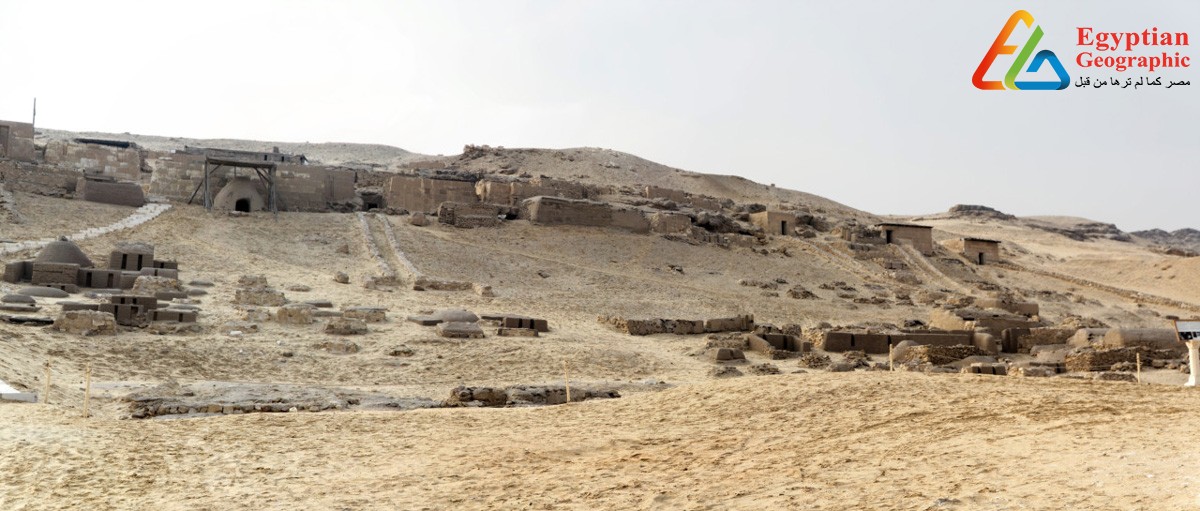
n January 11, 2010, the Archaeologists reached one in all the foremost important discoveries of cemeteries in Egypt, belonging to the workers who built the pyramids quite 4,000 years ago, which suggests that there's conclusive evidence that the folks that built the pyramids weren't slaves, but were paid workers, these were those, which were made of clay during the fourth Pharaonic dynasty, containing bowls of beer and bread for the approaching coming life, consistent with the top of the mission, the Egyptian scientist dr. zahi hawass Built next to the pyramids of kings, which suggests that these people weren't slaves, but free Egyptians, and their role was an important role where they were buried next to the pyramid, indicating their mission of building the pyramids is an honor , good national and spiritual mission within the souls of the builders.
In his book "Builders of the Pyramids", Dr. Zahi revealed that great secret, and the way Egypt was a rustic filled with an outsized number of brilliant engineers who applied these timeless architectural works that have amazed the world since its construction, and still amaze the entire world up to now, and since the invention of the tomb of the builders of the pyramids, after searching and excavating lasted nearly 16 years, it absolutely was confirmed that these tombs buried Egyptian workers, peasants and employees made for us this great civilization.

As for the tomb of the builders of the pyramids, it absolutely was began to be found after the feet of one of the horses carrying a tourist who was wandering near the pyramid chanced on the wall of the tomb of Mr. "Petah Shabso", one amongst the senior workers, within the southeast of the Sphinx, and behind a fence built by King Khufu, which was called the Wall of the Crow Built by King Khufu at a height of 10 meters and an extension of 200 meters, within the middle of a gate, the place where the workers who participated within the construction of the pyramid Khafre and Menkaure (2555 - 2503 )" B.C. additionally to older residential remains dating back to the Khufu period.
The cemetery in its general layout contains an outsized open courtyard, built of brick, and was little city, where it contains houses, stores, three main streets and a royal administrative building, additionally as four huge halls, which archaeologists believe are barracks where workers sleep Pyramids and their food, where huge amounts of bones were found in them fish, birds, cows, sheep, goats and pigs, which reveals the extent to which the state cares for the workers of the builders of the pyramids, so as to make sure the most effective compensation within the efficiency of the work.
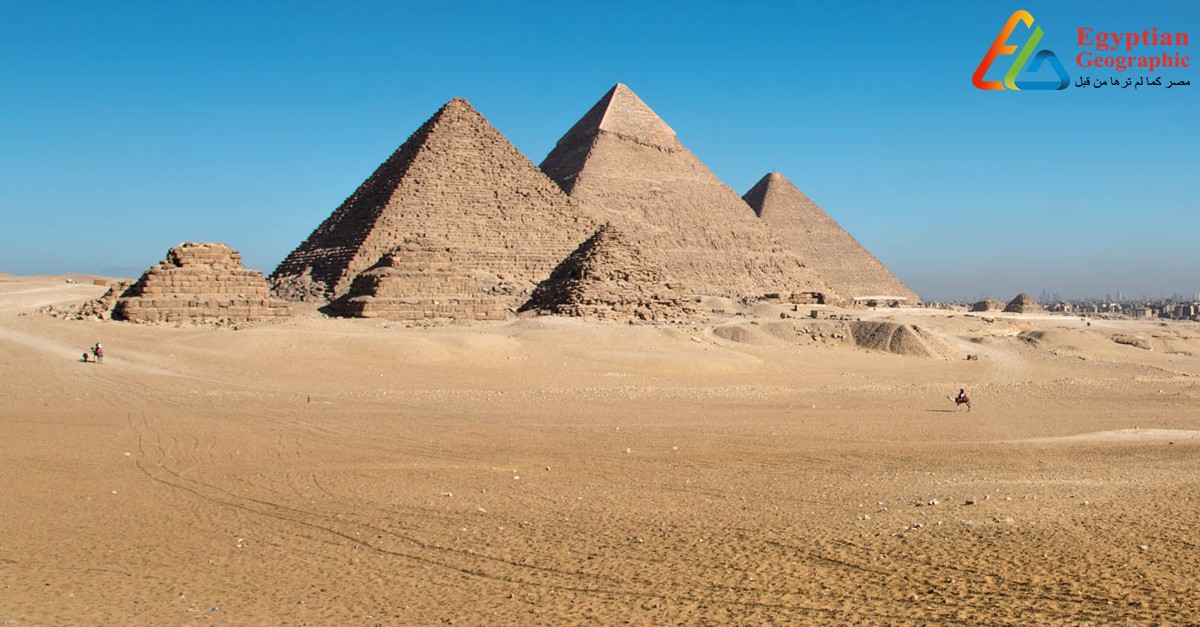
As for the descriptions of the tombs, which indicate that they're for Egyptians and not slaves, both within the physical descriptions, names and method of construction, and also the burial ideological method, the burial was tired the direction of the east to receive the god” Ra” the god of the sun within the position of squats, and therefore the graves were classified consistent with The functional level to 2 levels, the lower level was for the workers, whose tombs were small while the big tombs of the presidents and senior workers, while the second level was built of stone and allocated to artists, sculptors and painters, which are the upper and upper classes, and of these The tombs are the tomb of the tomb of The Ne Ankh Petah, one in all the foremost important rock tombs within the upper cowardice, one among the foremost important components of this cemetery is that the rising way that ends up in the lower cowardice. The road is very small stone, and its width is about 110 centimeters.
These tombs weren't evidence that the pyramids were never built by slaves, but the inscriptions found, the curse texts of these entering those tombs were another proof, as found within the tomb of "Petiti" and his wife, which says: God Hathor will eat everyone who enters and messes with the contents of the cemetery, and god will protect the owner of the cemetery, because he's revered to God, and God won't follow my peti i any hurt, anyone who messes with the cemetery are going to be eaten by crocodiles, hippos and lions,"" which suggests that The owner of the cemetery of the workers wasn't a slave, but an Egyptian free, as revealed the statues found within the tombs of the upper and lower level, within which the analogy between two sons of the identical father and mother approaches, But one in every of them lived as a farmer or a worker, the opposite learned within the city and have become a middle owner, the identical image we see today of Egyptians.
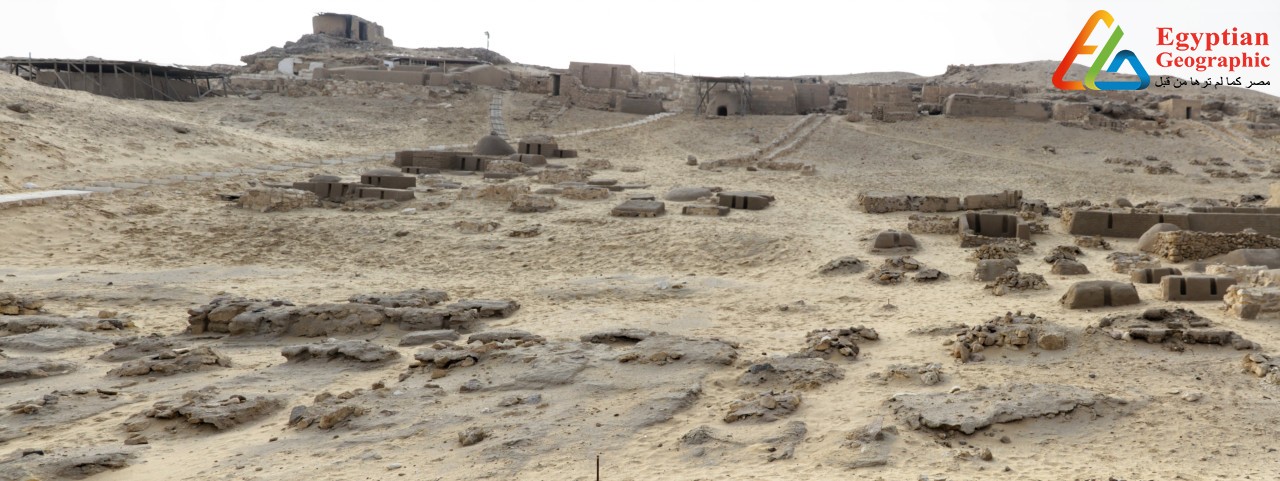
The lower cemetery contained over 600 small tombs, built of brick, with important doors, or a stone-drawn block, engraved on a two-way door, with the center of the tabled stone, buried beneath them. The worker within the squat position, similarly as large tombs which will are intended for the heads of workers, these tombs have taken different architectural forms, each measuring half a meter, and also the tombs cover the burial wells underground, making the cemetery take a shape kind of like the form of the question is, how did they live?
American anthropologist Mark Liner revealed that the walls of small blocks of natural stone are just like those contained within the pyramids, inside which were found on twelve rooms built with brick, and two large pottery jars were found in two parallel rooms. it's been confirmed that these rooms are only the oldest bakeries within the world, and also the gaps were found in an exceedingly ditch an old crammed with straw and embers, and tiny and enormous rooms that were full of bread making, found on the northeast side and here that we all know within the al-Majour, a stove that was used to heat the moat, also as huge numbers of authentic Egyptian Bread , like the “ Bataw” and also the sun-bread known within the Egyptian countryside today.


































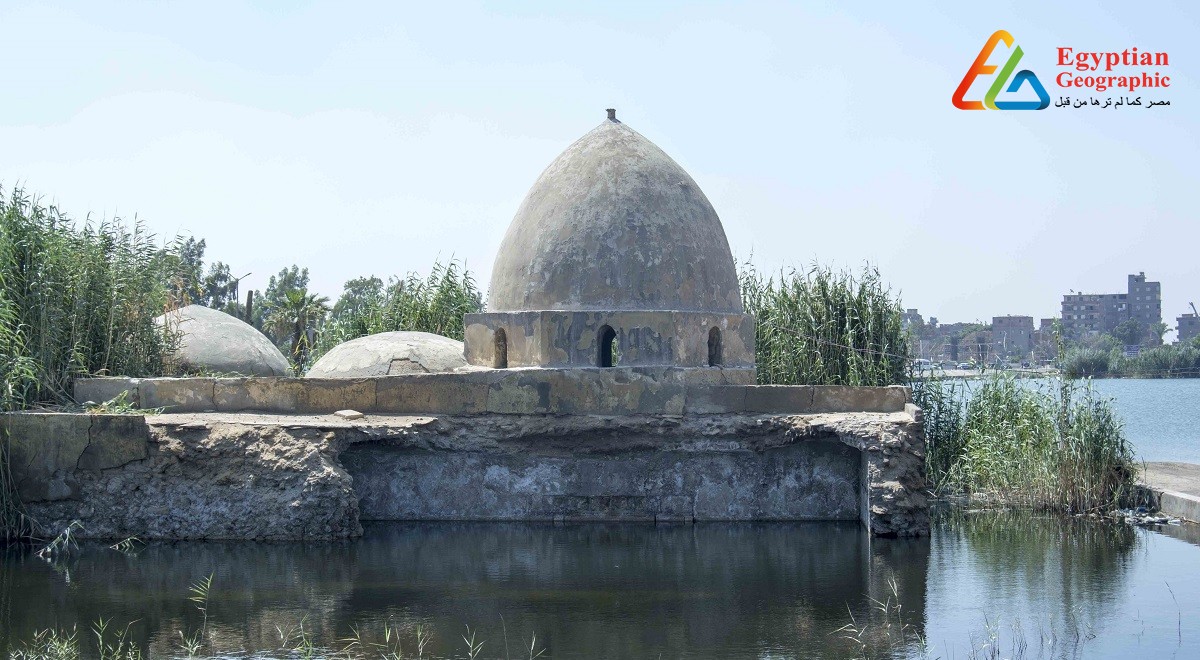

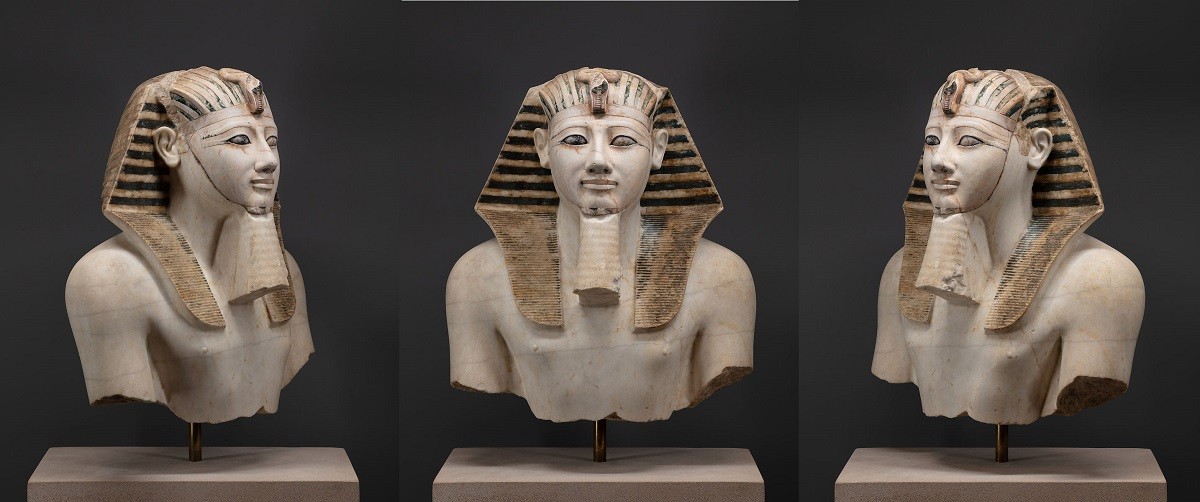



























Egyptian Site & magazine